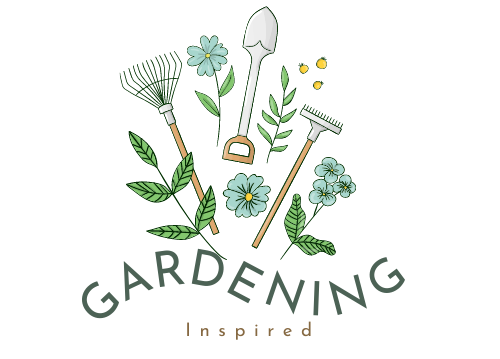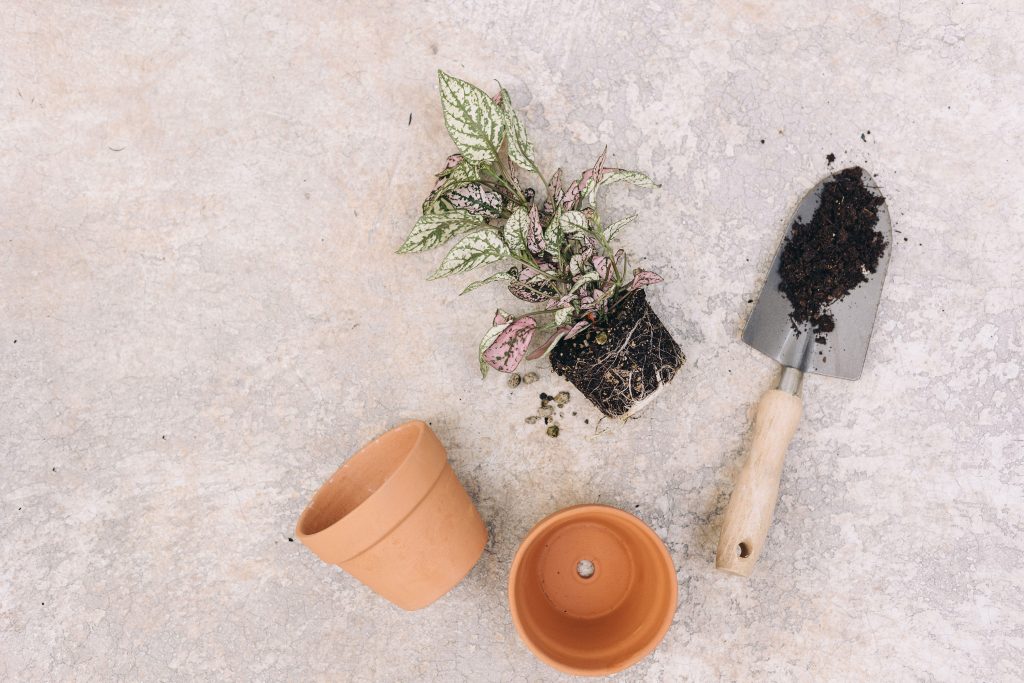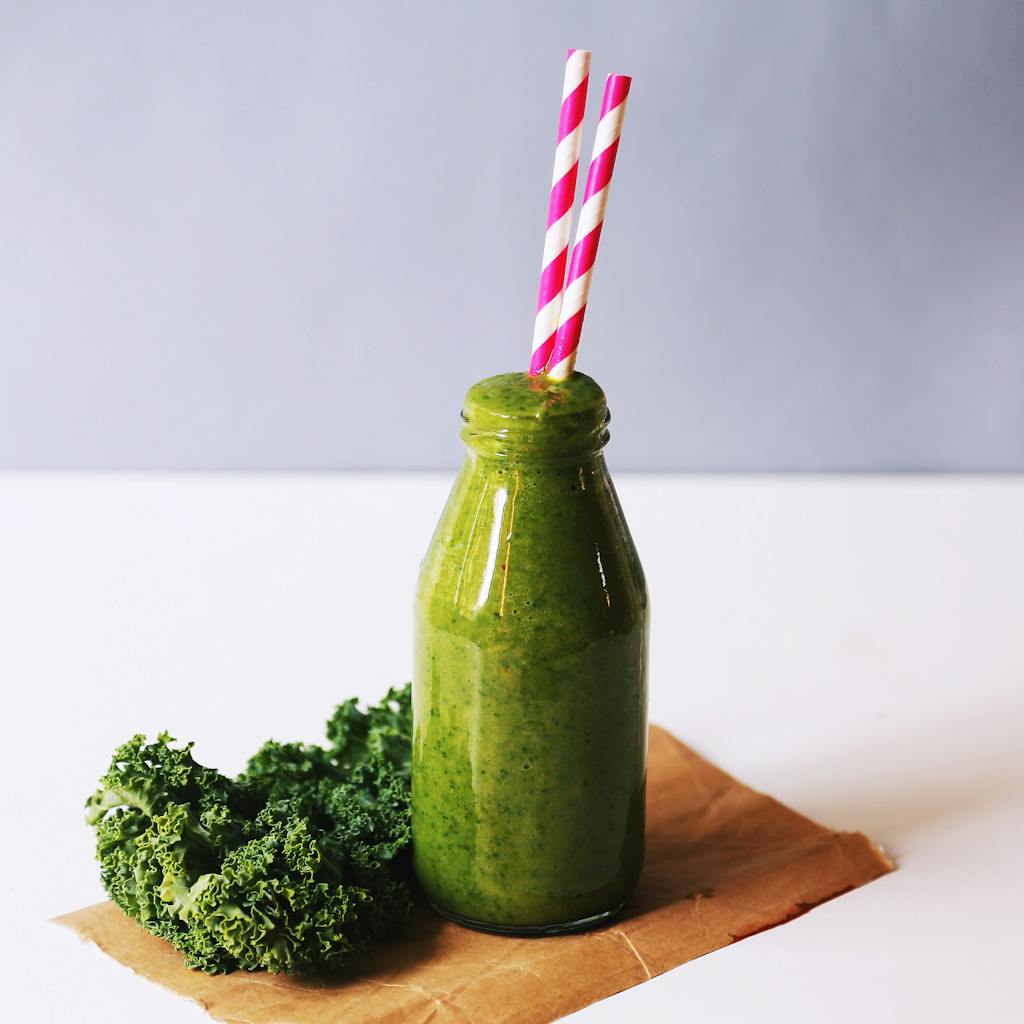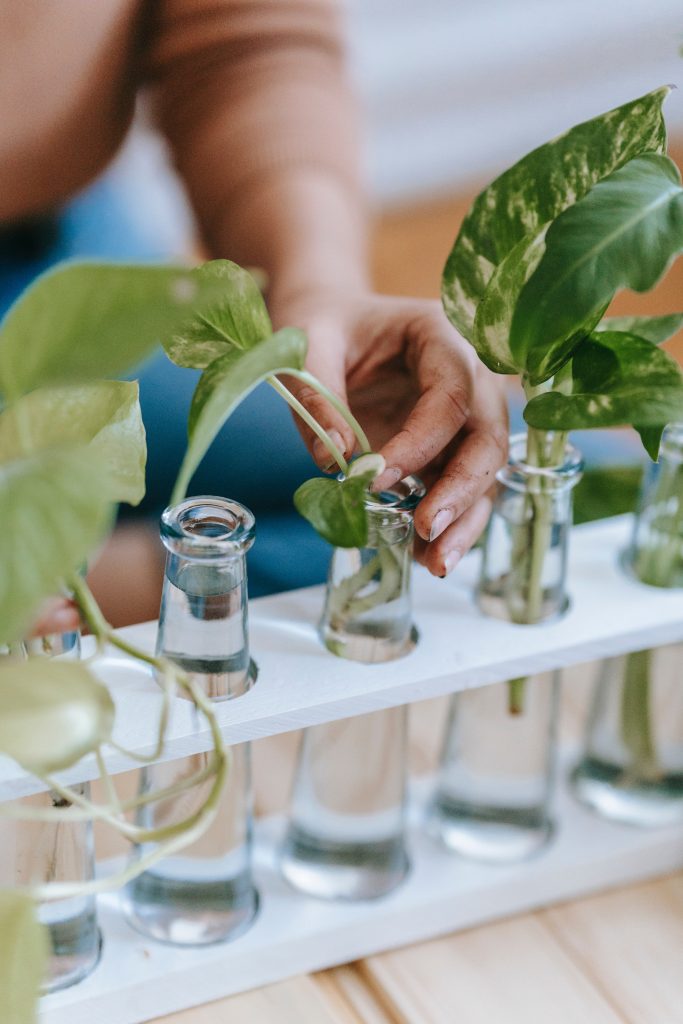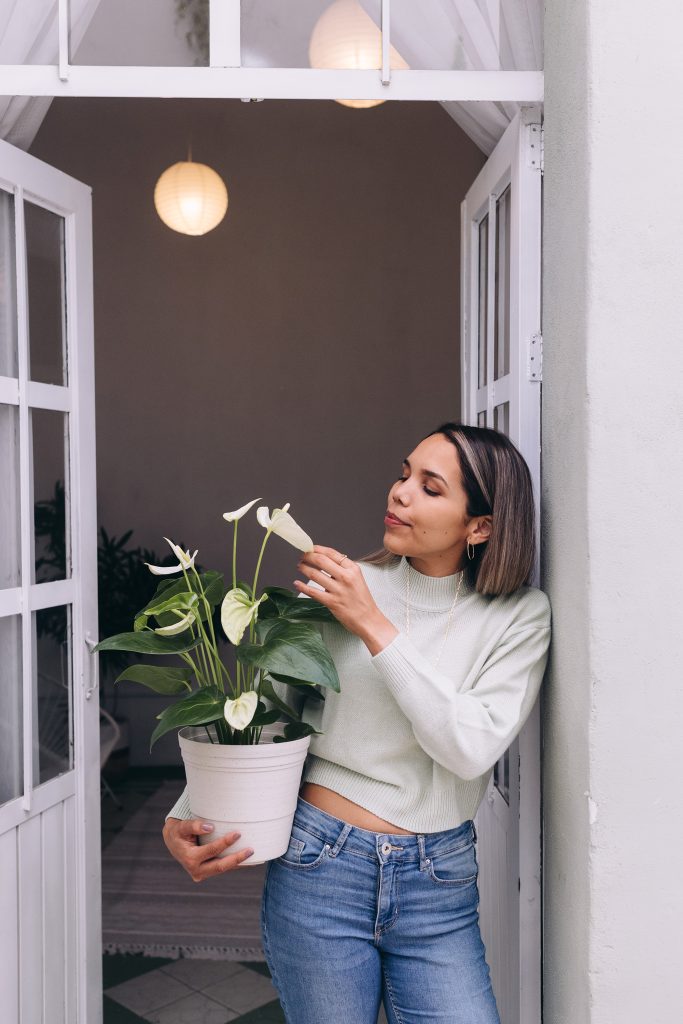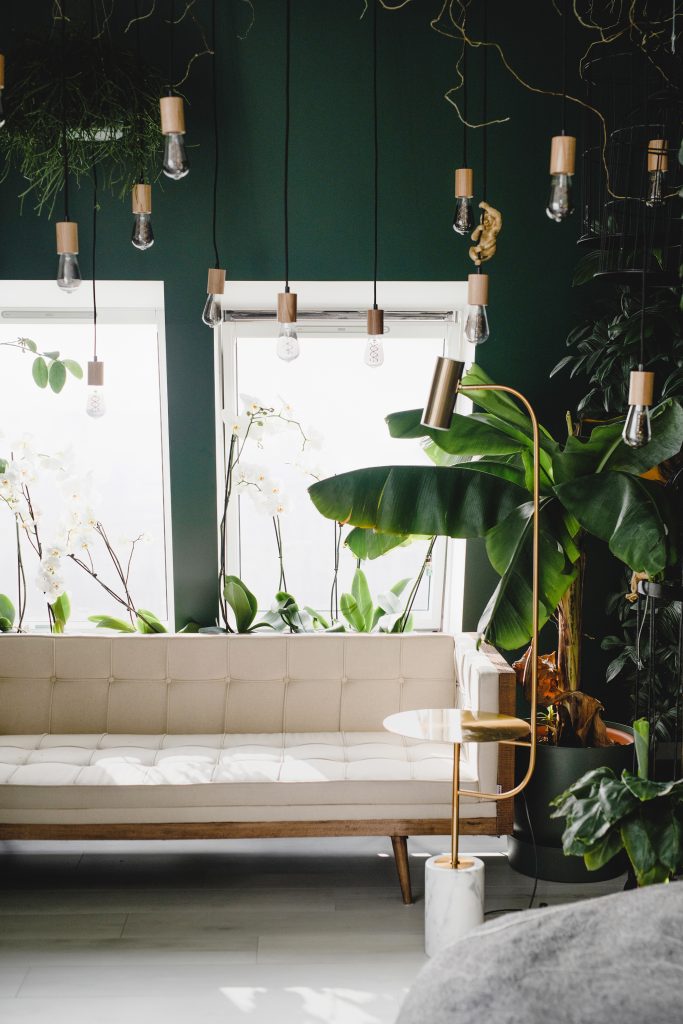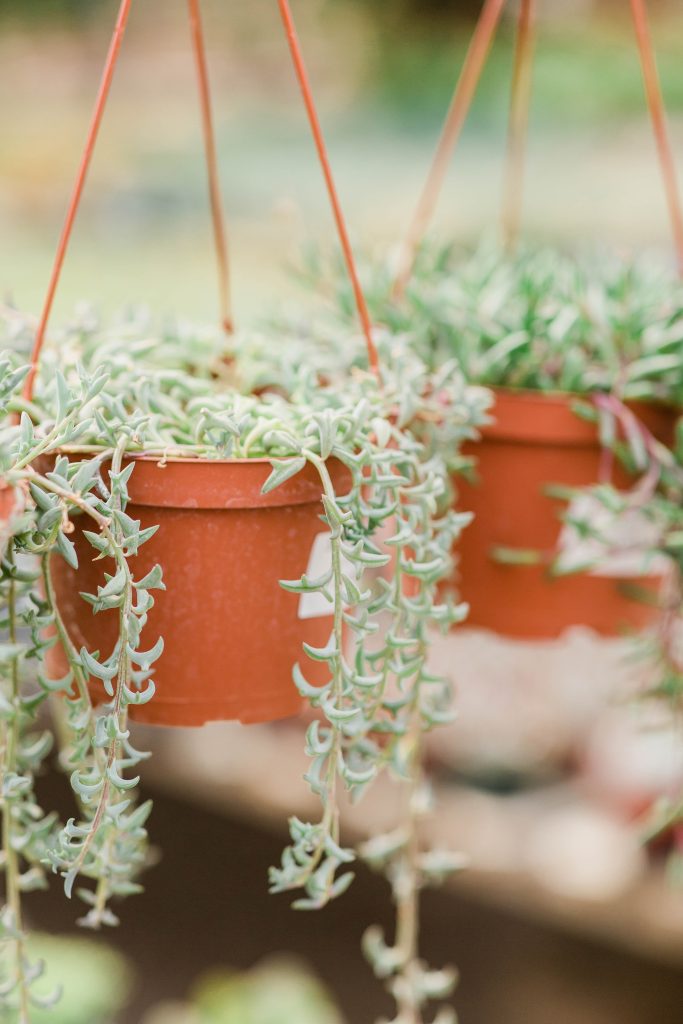A Guide to Container Gardening: Small Spaces, Big Impact!”
If you’ve ever thought gardening was off the table because you don’t have a big backyard, you’re not alone. A lot of people think you need rows of raised beds and endless space to grow anything worth eating. But here’s the truth—you can grow a surprisingly productive garden in just a few pots.
Container gardening is perfect if you live in an apartment, have a small patio, or even just a sunny window. It’s flexible, low-maintenance, and way less intimidating than starting a traditional garden. And the best part? You still get the joy of fresh herbs, flowers, and veggies right outside your door.
In this guide, I’ll walk you through how to make container gardening work for your space—what pots to choose, which plants thrive in them, and how to keep everything alive (without it taking over your life).
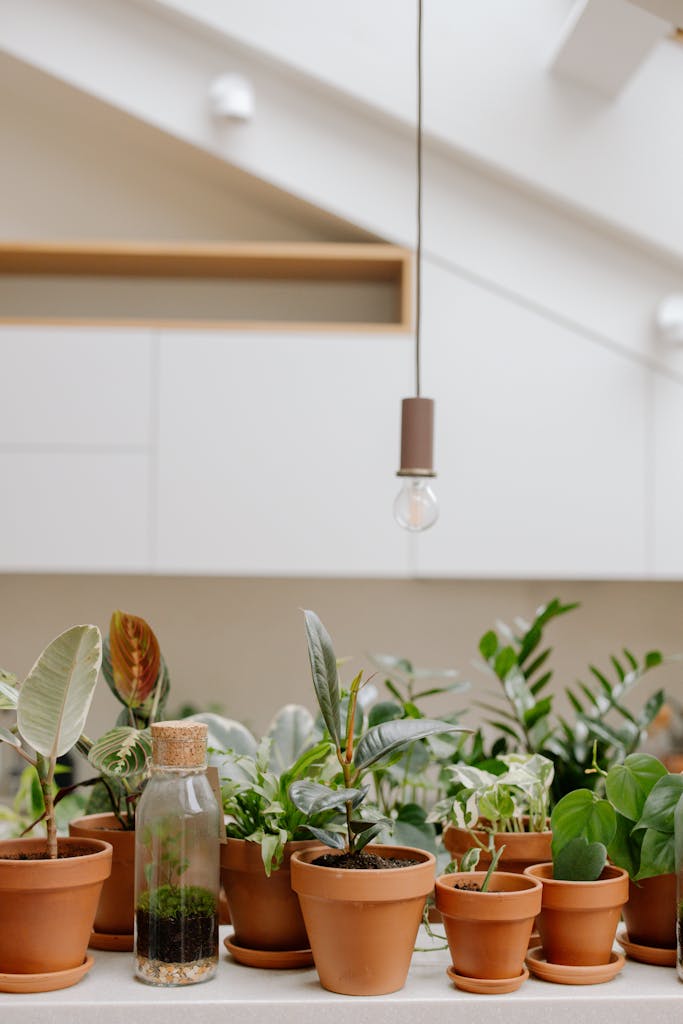
Why Container Gardening Works So Well
- Perfect for small spaces: Apartments, balconies, porches, and patios all work.
- Portable: If your plant needs more sun or less wind, just move the container.
- Less weeding: Most weeds don’t stand a chance in containers.
- Flexible: You can grow veggies, herbs, flowers, or even small fruit trees.
- Beginner-friendly: Easier to manage than a full garden bed.
It’s gardening without the overwhelm.
Step 1: Choose the Right Containers
Not all pots are created equal. The size, shape, and material matter more than you’d think.
- Clay/Terracotta: Beautiful and classic, but they dry out quickly. Great for Mediterranean herbs like rosemary.
- Plastic: Lightweight and affordable, plus they hold moisture well. Perfect for beginners.
- Ceramic/Glazed: Gorgeous but heavy. Better for stationary spots.
- Fabric Grow Bags: Surprisingly durable and great for veggies like tomatoes or potatoes.
- Wooden Boxes: Rustic and versatile, but they need lining to prevent rot.
Rule of thumb: the bigger the container, the happier your plant will be. Small pots dry out fast and can stunt root growth.
Step 2: Pick the Right Soil
This one’s big—don’t use regular garden soil in containers. It’s too heavy and won’t drain well. What you want is a potting mix designed for containers. It’s light, fluffy, and holds the right balance of air and moisture.
You can even mix in compost or perlite for extra nutrients and drainage. Think of it as giving your plants the best possible home.
Step 3: Match Plants to Your Space
Containers give you tons of options, but you still want to be realistic about what will thrive in your environment.
- Sunny balconies: Tomatoes, peppers, basil, geraniums.
- Shadier spots: Lettuce, spinach, mint, ferns.
- Small pots: Herbs like thyme, oregano, parsley.
- Large containers: Small fruit trees, dwarf shrubs, or climbing beans with a trellis.
The right plant in the right place is the secret to container gardening success.
Step 4: Don’t Skimp on Drainage
Every container needs a way for excess water to escape, or your plants’ roots will drown. Most pots already have holes in the bottom, but if you’re repurposing something (like a bucket or box), drill some in.
You can even add a thin layer of gravel at the bottom for extra drainage. Just don’t skip this step—it’s the difference between thriving plants and soggy, sad ones.
Step 5: Water Smarter
Container plants dry out faster than garden beds, especially in hot weather. Instead of a quick splash every now and then, water deeply until it runs out the bottom of the pot. That way the roots get a good soak.
In summer, you may need to water once a day. In cooler months, every few days may be enough. Stick your finger an inch into the soil—if it feels dry, it’s time to water.
Step 6: Feed Them Regularly
Because water drains out of containers so quickly, nutrients wash away faster too. That means container plants need a little more feeding than in-ground plants.
Use a balanced liquid fertilizer every couple of weeks, or mix slow-release granules into the soil. And don’t forget—you can always top-dress with compost for a natural boost.
Step 7: Give Them Support
Some container plants need a little structure. Tomatoes, peas, and beans do best with stakes, cages, or small trellises. Even in a pot, they’ll climb happily if you give them something to grab onto.
It doesn’t have to be fancy—a bamboo stick and some twine will do.
Step 8: Mix It Up
One of the joys of container gardening is creating little “mini gardens” in a pot. You can mix herbs, flowers, and even veggies together as long as they like the same conditions.
Try a “pizza garden” with basil, oregano, and cherry tomatoes in one container. Or go for a colorful display with marigolds and peppers (bonus: marigolds help repel pests).
Step 9: Rotate and Rearrange
Don’t be afraid to move your containers around. If one plant looks unhappy, try a sunnier or shadier spot. If you want to refresh your patio look, rearrange pots like you’re redecorating. That flexibility is one of the best parts of container gardening.
Step 10: Keep Learning as You Grow
Your first season of container gardening will teach you a lot, mostly that plants are more forgiving than you think. Some will thrive, some will struggle, and you’ll get better with each attempt.
The best thing you can do is pay attention. Notice which plants love your space and which ones don’t. Adjust and try again. That’s how you build your green thumb.
Common Beginner Questions
Can I grow vegetables in containers?
Yes! Tomatoes, peppers, lettuce, carrots, and even potatoes can grow in pots.
Do I need to line wooden planters?
Yes—plastic lining helps prevent rot and keeps soil in place.
How big should my container be?
Bigger is usually better. Small pots dry out fast and limit root growth.
Can I reuse potting soil?
Yes, but refresh it with compost or fertilizer each season for best results.
Wrapping It Up
Container gardening is proof that you don’t need a huge backyard to enjoy fresh herbs, homegrown veggies, or colorful flowers. With the right containers, good soil, and a little care, you can turn even the smallest balcony or patio into a thriving garden.
Start simple with a pot of basil or a tomato plant. Add a few more containers as you get comfortable. Before long, you’ll be surrounded by greenery that not only looks beautiful but also feeds you—and trust me, that’s the best feeling.
So grab a pot, scoop in some soil, and plant something today. Your small space is about to make a big impact.
